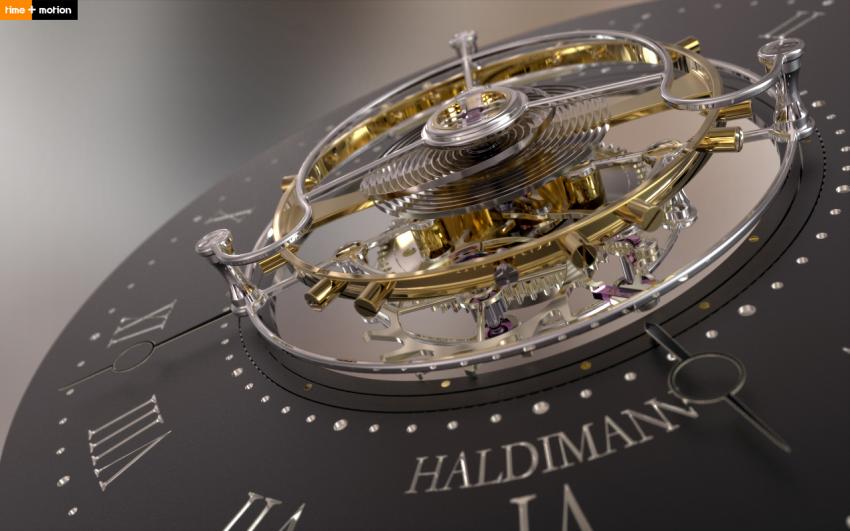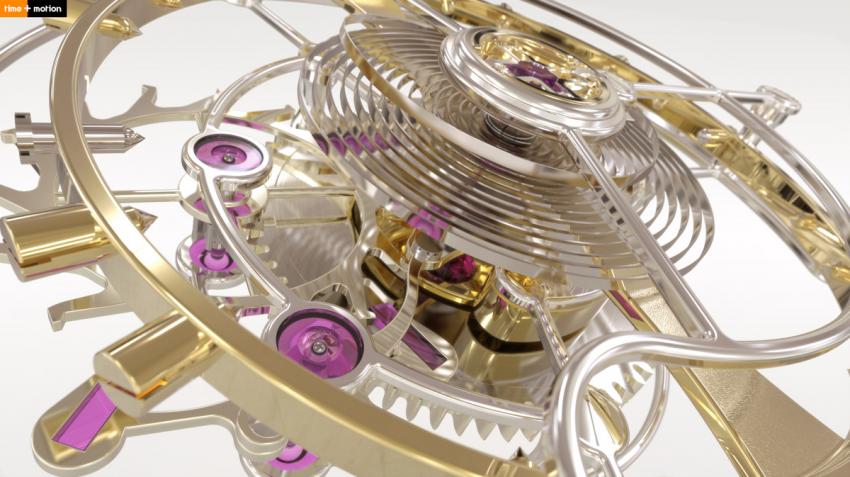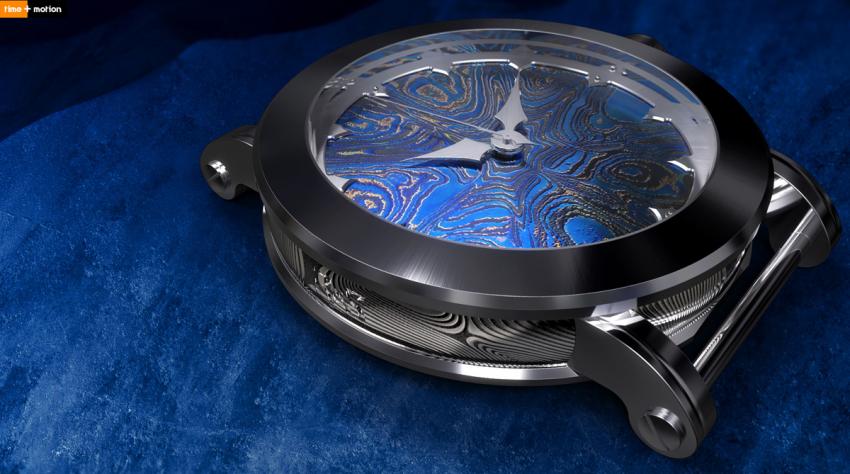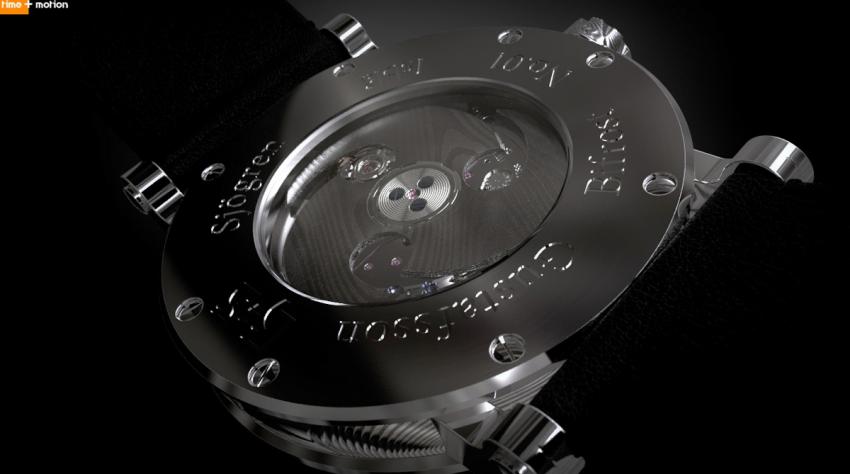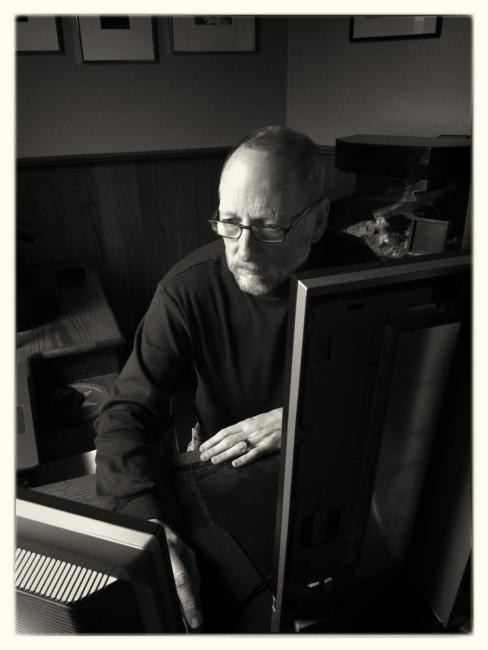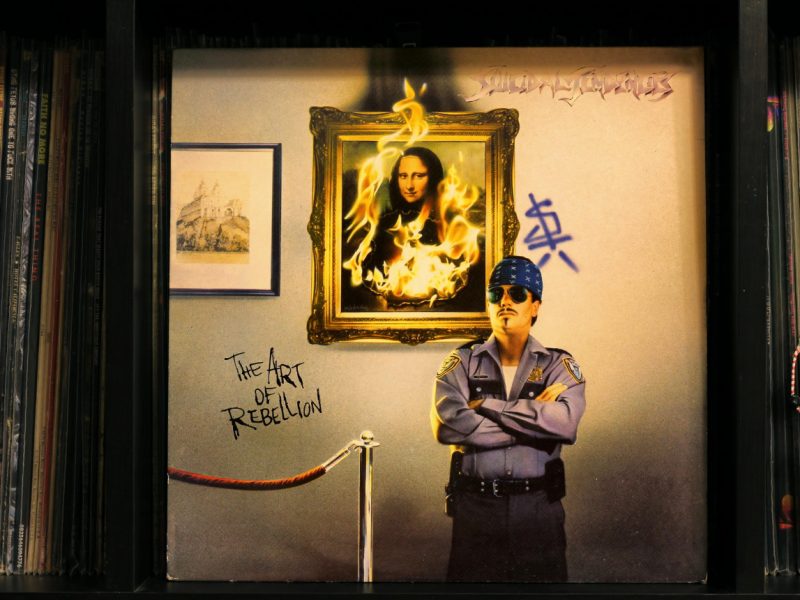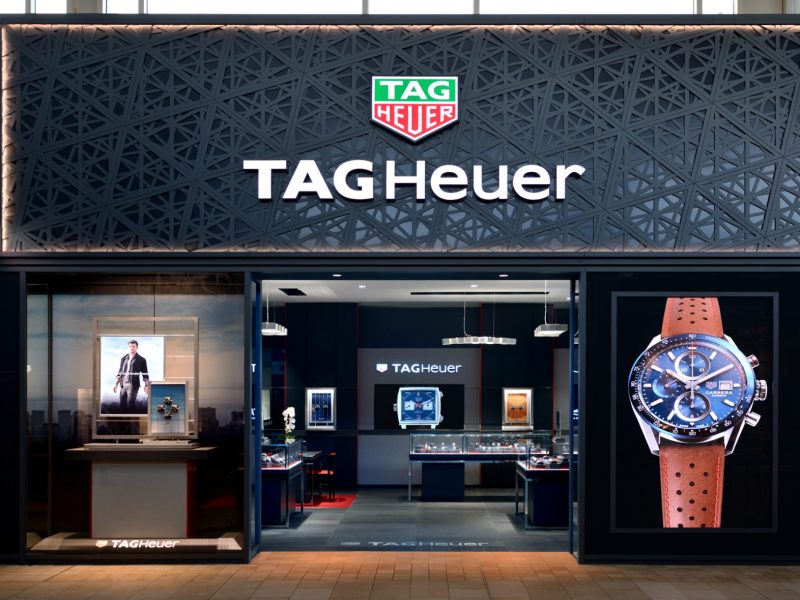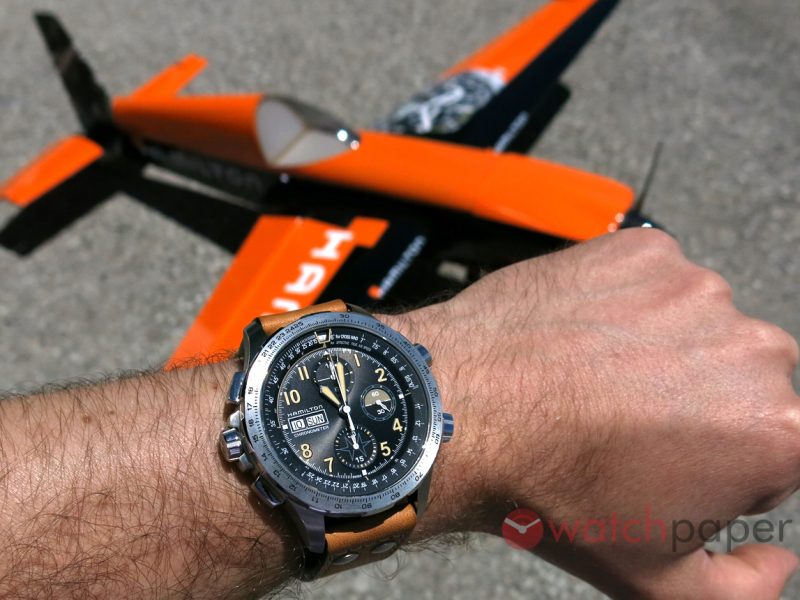Interview with Horological 3D CG Visualizer W Paul Rayner
I can’t recall how I stumbled on rayner3d.com, was it trough Facebook or other social media? His 3D work immediately caught my attention, yet my biggest surprise was to find out that the man behind these superb images is a Canadian, W Paul Rayner, a 3D CG Visualizer with a background in design.
Paul has a degree in Communication and Design from Toronto’s Ontario College of Art & Design, with a long career that has been always connected to design. I was curios to find out what is the secret of his amazing computer generated images and how can a Canadian work in this field that we would usually expect to be reserved for people living near watchmaking centres.
WatchPaper: You studied design, you worked as a designer, you taught design, edited a design review; you eat, sleep and breathe design. Today, you are a 3D CG Visualizer, how did you got into this craft?
W Paul Rayner: “It came about naturally; I’ve always been interested in design, that’s what I went to school for. At that time, it was graphic design. At the late eighties, I went back to study 3D Product and Furniture Design at the Wendell Castle School. I’m pretty much self-thought as far as doing 3D work on computer; it was kind of a natural progression in a way, because I have studied technical drawing in high school and again when I went back to study product design. I’ve always been interested in it and when computers became sophisticated enough that you can actually use them for 3D technical drawing, I started working with the computer instead of doing it by hand. So, I’ve been doing technical drawing in one form or another since high school and I was always fascinated by it.
As far as working for the watch industry, it has also been a natural progression because my father, my grandfather, my great-uncle were all watchmakers and jewellers, so I’ve been living with watches and clocks around me, my entire life.
Our family had a collection of antique clocks, which my sister and I share and I maintain those — I look after them and repair them if needed — so this was for me a natural interest. Instead of making actual clocks or watches, now, I make them digitally.”
Basically, you understand the movement and you would be able to fix it.
“Yes, although the only things I worked on are clocks, I don’t really work on watches. I like the larger mechanisms, I have old eyes” – says laughing. “I can do basic work on watches and I was fortunate to inherit my grandfather’s tools.
I have both an understanding of the subject and the know-how of the digital process to create that.”
This makes sense, because I found it quite surprising for a Canadian to do 3D models for watchmakers. How did you find your first watchmaker client?
“It happened online; someone saw my work and approached me to see if I would be interested to work for them. He presented the things they wanted and I said yes and it all started from there.
That is a thing that, here in Canada, we don’t have that nucleus of watchmaking and there are not many things happening here, especially compared to Europe. Thanks to the internet, I can overcome this challenge. Of course it would be an advantage if I would be located in Switzerland or in Germany, but with the internet, essentially I am. We have a global economy, so you don’t have to be on site, although that can be very useful, in terms of actually meeting people. All my marketing and promotions are online.”
For someone who is not familiar with your trade, what is your role in the production of a watch? In what way your work helps the watchmaker?
“It is very useful if you’re developing a new technology or a new design concept. It is very expensive to produce an actual 3D prototype. With what I do, they can tell me what they want as functionality and what they would like it to look. With this info I can prepare drawings and rendering of what it would look like before they actually would get into the prototype, so it’s very useful for developing a mechanical design and preparing the overall look.
It can also be used as part of a marketing program to attract customers, because there are things that you can do digitally that you can’t do in real world. It is very hard to take a photograph of an exploded watch or to animate it.
The possibilities are pretty much limitless in computer graphics visualization.
It can also serve to attract investors to their project, if they want to show for example a new escapement and not all investors will be technical savvy to go to them with a lot of mathematics and mechanical engineering terminology. They might not understand it, but if they can show it in a video, it is much easier to understand.
The major manufacturers use it for marketing purposes, but they all have either in-house staff or they can afford to hire studios to make this work for them.
I target the independents, the one or two-men shops, who are working on their own and they might not be able to do this sort of thing or they don’t have time for it.”

Co-Axial Tourbillon exploded view, based on an original model by Banjuanxui. Rendering courtesy of Time + Motion
I saw in your portfolio, absolutely complex movements and tourbillons done in 3D from A to Z, what can you tell me about creating such a model?
“I use reference photographs, particularly if I’m working on something already existing or similar to what the client wants. I might have the dimensions for some critical components, and then I extrapolate from there. If I’m drawing something, I may only have the case dimensions, the case height and perhaps the outside diameter of the movement and I work from there.
It’s fairly time-consuming and that’s where the knowledge of how a watch is designed, assembled and works, comes into play.
The drawings are as technically accurate as I can make them. Obviously, not perfect if I don’t have all the dimensions, I have to go with my estimates. If it looks right then it’s probably close enough. It might be 1000th of a mm different but it looks right and in terms of the visualization it’s close enough.
It happened a couple of times, when watchmakers supplied more detailed information with their drawings, but it doesn’t happen very often.
Right now I’m working on an animation for the GoS Bifrost line and I drew everything on the Soprod movement for that watch, based on some reference dimensions that we were able to get from Soprod. They didn’t supply any drawing, so I did everything from scratch.”
Would you tell me a bit about a difficult technical problem that you managed to solve?
“Actually, the most difficult part for me are the textures. I spend a lot of time developing accurate textures and again going back to the GoS watches, they use Damascus steel and I had to develop those textures digitally, so that the steel looks the way it supposed to.
That is the greatest challenge!
Things like, perlage, I had to develop my own textures for that and Geneva stripes, all that sort of things.
The mechanism components are fairly straight forward. I do get odd forms and shapes sometimes, but with the experience I have with technical drawing, I can easily tackle them. It is the textures that take a lot of time and effort. They can easily make or break a rendering.”
Have you ever thought of designing your own watch?
“I thought about it, but I’m not sure, I have the ability to do it. I can certainly think about the aesthetic and non-mechanical part, but I would probably be lost when it comes to the movement. When I see some of the movements that came out in the past few years, they are quite outstanding and I wonder – how did they figure that out? When it comes to the aesthetics aspects yes, but for the mechanical engineering aspects, I don’t think I qualify.”
What is important for you in a watch: the design or the functionality?
“It’s both. I tend to be a traditionalist; I’m not a fan of the ultra-complicated watches. I like to look at a watch and easily tell what time it is, because I see many mechanically fascinating watch designs that are very difficult to tell time on. I like things simple, plain and functional.
I do like tourbillons; I think they are little works of art.
That’s how I look at mechanical watches too, particularly the independent makers; they seem to be this lovely marriage of technology and artisanal contribution from the watchmaker. That’s the sort of thing I look for.”
What would be your advice for younger guys who would like to get their feet wet in this industry?
Laughing, he tells me “I’de like them not to… It’s a lifestyle, it takes a lot of time, I work every day, I’m working all the time, even when I’m not sitting at the computer, I’m thinking about trying to resolve issues with representing materials.”
Then, he continues “I guess there are a couple of areas they would need to cover, they have to know their tools. You have to get to the point where you control your tools and not the other way. You also have to know the product that you are trying to portray.
I think it would be much more difficult for someone who doesn’t know how a watch works and what are the pieces for. This applies across the board in design. If you don’t understand the subject matter then you’re not going to reach your full potential.”
I saw on your website that you are open to new business. How would you describe the ideal client?
“The clients I have right now, they are the ideal client. Those that understand the amount of effort it takes this work and in the same time they are open to consider some ideas I might have while working: the application of the texture, or the design of a component and they are willing to look at it. I like that cooperative exchange where I could be part of the process of developing the product, where I’m actually contributing to the process and not just making pretty pictures. I think that is quite rewarding and weather or not they use my suggestions, I like to be part of that process. I like the exchange of ideas.”
Thank you very much!
“You’re very welcome! Thank you for the interest!”
The secret revealed
It was only after the interview, when we exchanged a few more emails that I think, I found Paul’s secret. He wrote me that he’s not only trying to make his images as accurate as possible, he’s also trying to capture the soul of the machine. It is the soul that separates a true craftsman, the artisan from a technician. It is the skill that makes possible to instil soul in a piece of inanimate material and the eye to recognize the soul that transforms the machine in a work of art.
To see more of Paul’s work, head over to his website at http://rayner3d.com/.


